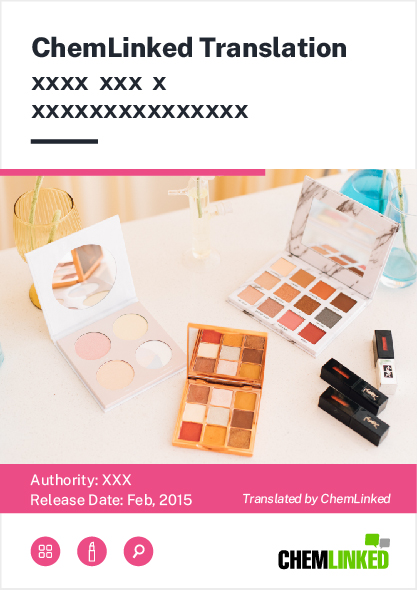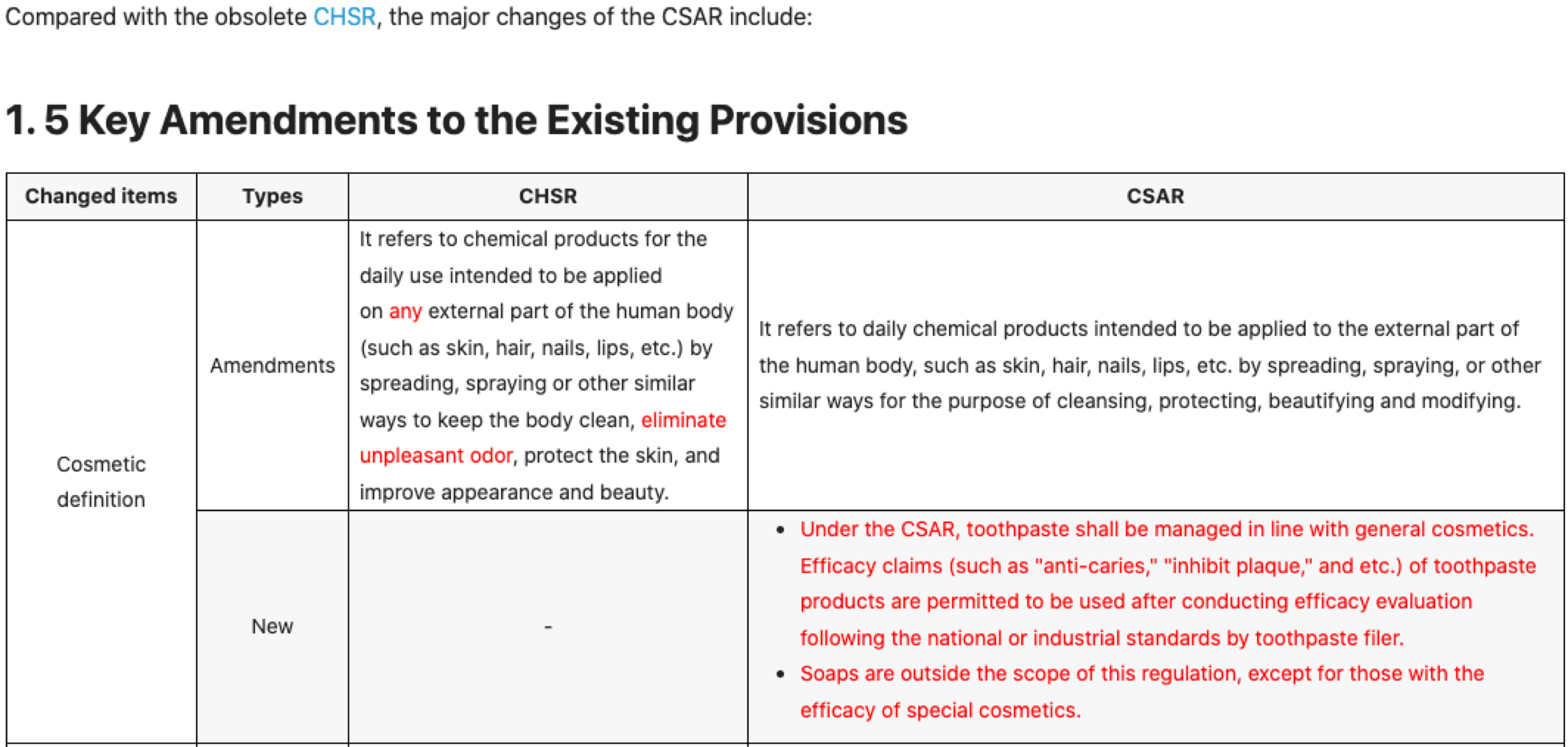On March 22, 2019, NMPA approved and included nine testing methods in the Cosmetic Safety and Technical Standards 2015, of which four standards are newly approved alternatives to animal testing. These standards are Short Time Exposure In Vitro Test Method (STE), Skin Sensitization: Local Lymph Node Assay: DA (LLNA: DA), In Chemico Skin Sensitization: Direct Peptide Reactivity Assay (DPRA) and Skin Sensitization: Local Lymph Node Assay: BrdU-ELISA (LLNA: BrdU-ELISA). They came into effect for the relevant cosmetic registration/filing and post-market surveillance testing on January 1, 2020.
This method - In Chemico Skin Sensitisation: Direct Peptide Reactivity Assay (DPRA) is to assess chemical ingredients used in cosmetics. Direct polypeptide test method will replace the white rabbit test which was previously used to assess skin sensitization. The "Direct Peptide Test" is an in-vitro alternative which can be used to examine the corrosivity of 10 kinds of chemicals. This method applies to the evaluation of the potential allergenicity of single-component (Quantitatively composed substances, and one of the main components contains at least 80% (W/W)) cosmetic ingredients or multi-component (Quantitatively composed substances, and the content of one or more components is greater than or equal to 10% and less than 80%) cosmetic ingredients with known composition.
This method consists of 10 parts, as shown below:
Scope
Test Purposes
Definitions
Test Principles
Test Materials and Reagents
Test Procedures
Data Processing
Establishment Conditions of Test
Results Determination Criterias
Matters Need Attention









 Original regulatory document
Original regulatory document
